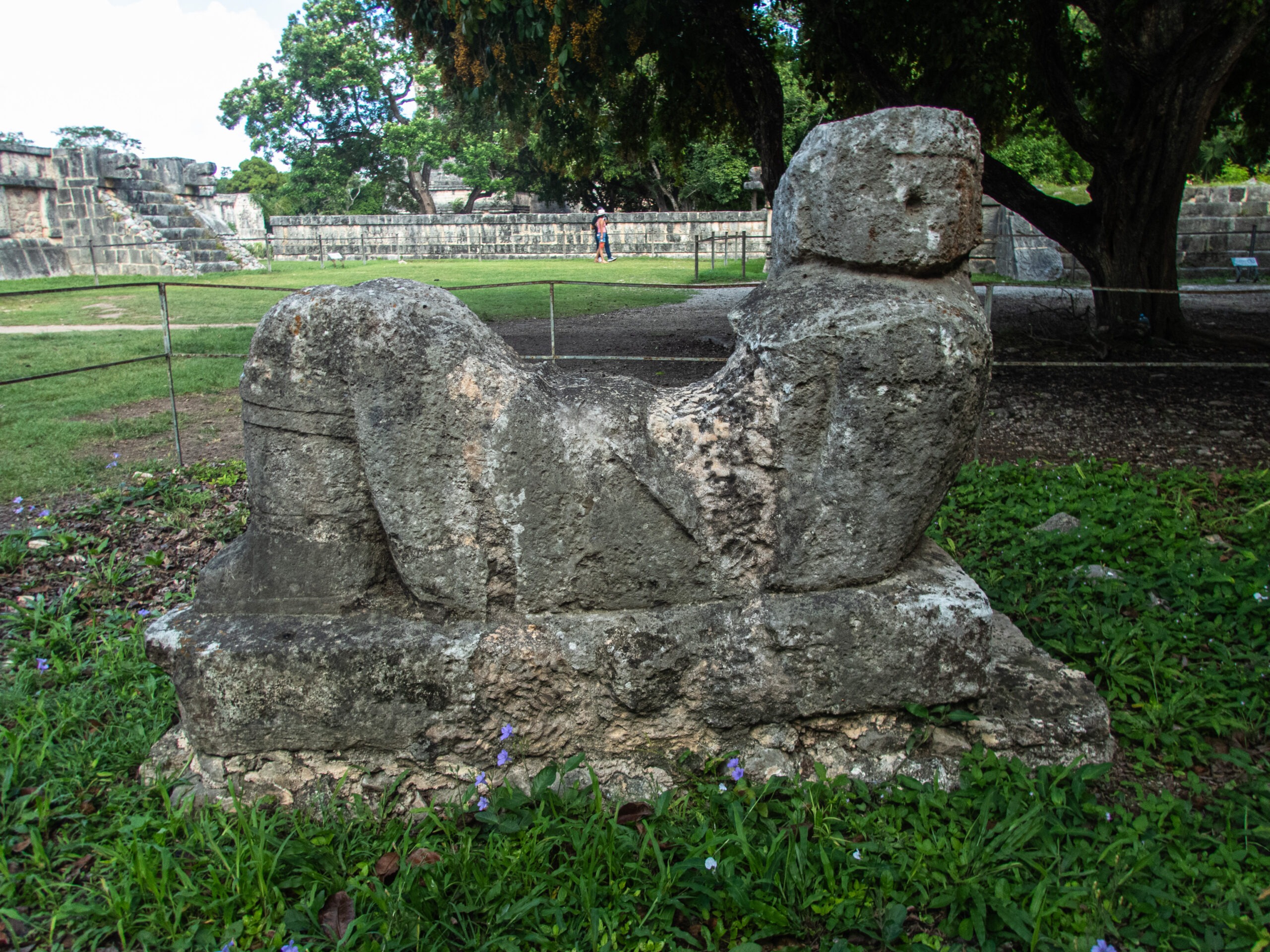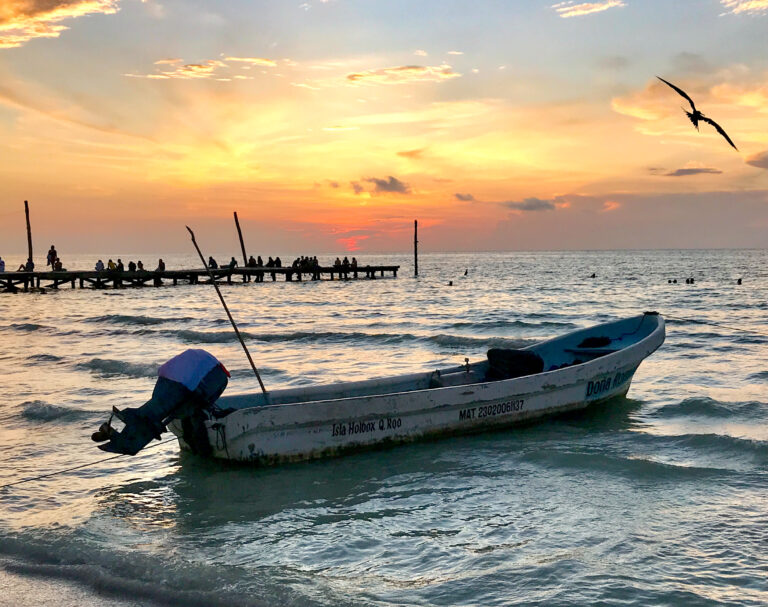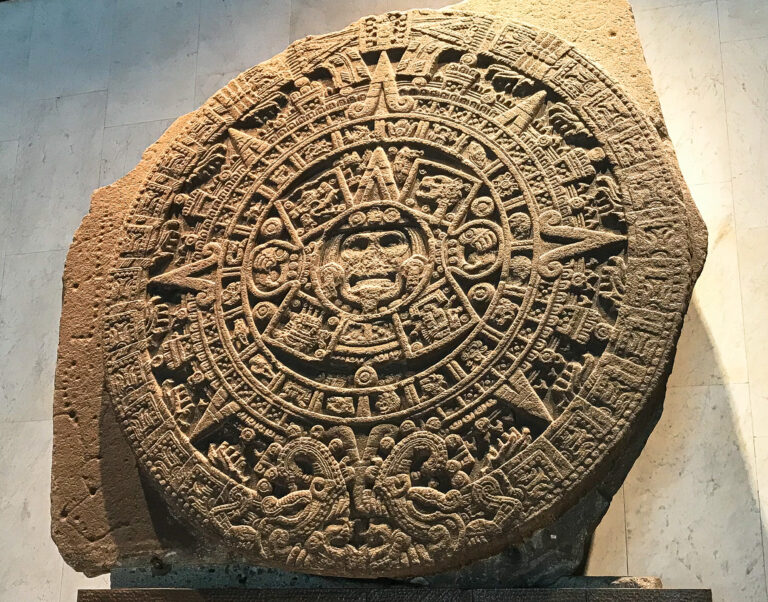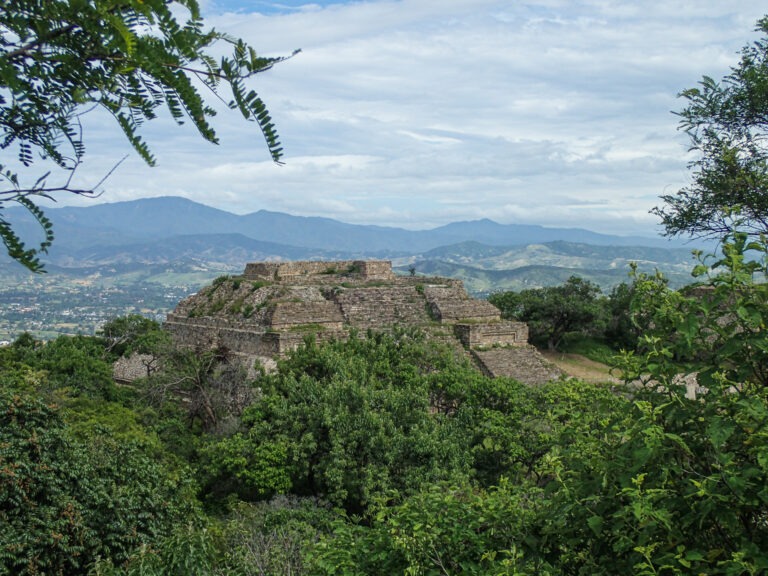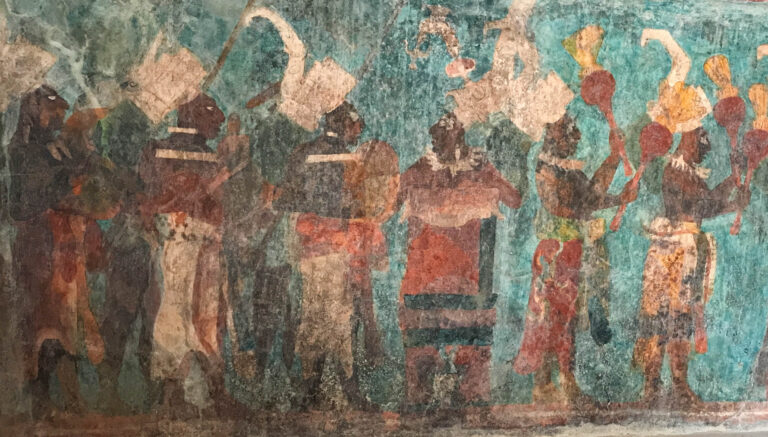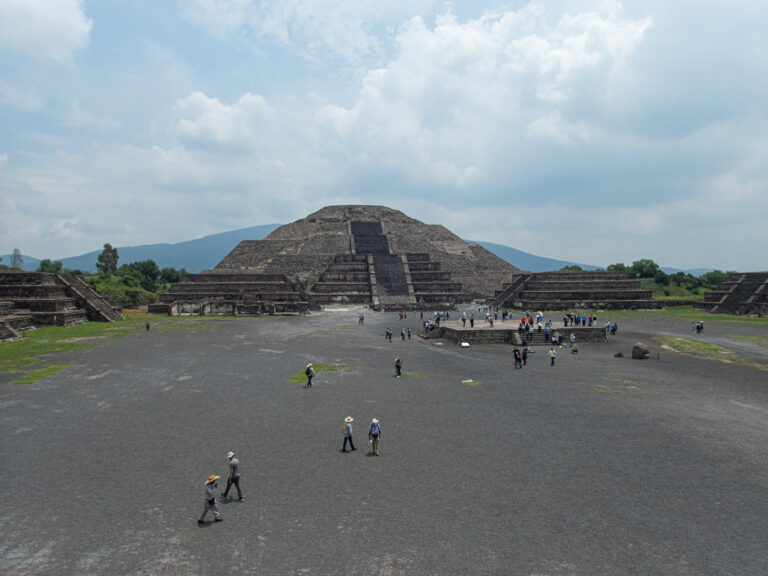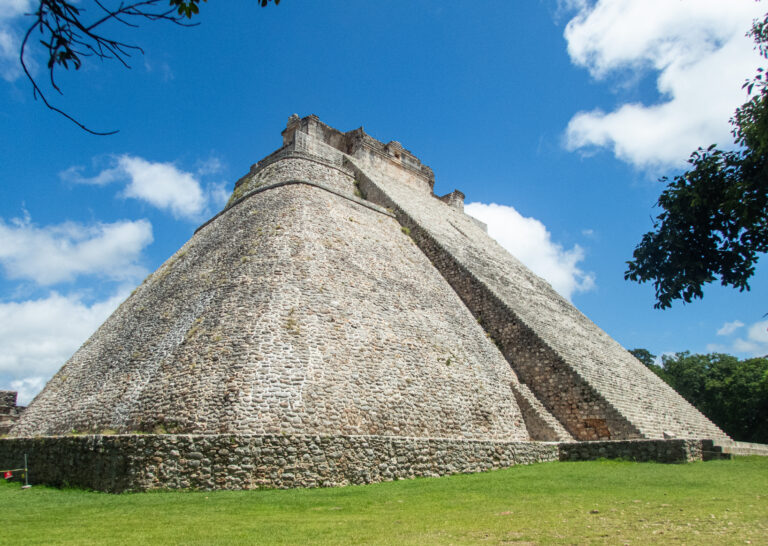Chichen Itza
Chichen Itza is a Mayan city state in the Northern Yucatan and is approximately three hours by bus from Merida. Chichen Itza has a great collection of ancient temples, palaces, platforms and statues which have been painstakingly restored.
The origins of Chichen Itza date back to the 8th century AD, and it reached the height of its development from the 10th to the 12th century. It is suggested that as many as 35000 people lived in Chichen Itza.
Chichen Itza is a popular tourist destination from Cancun, four-hours drive away.
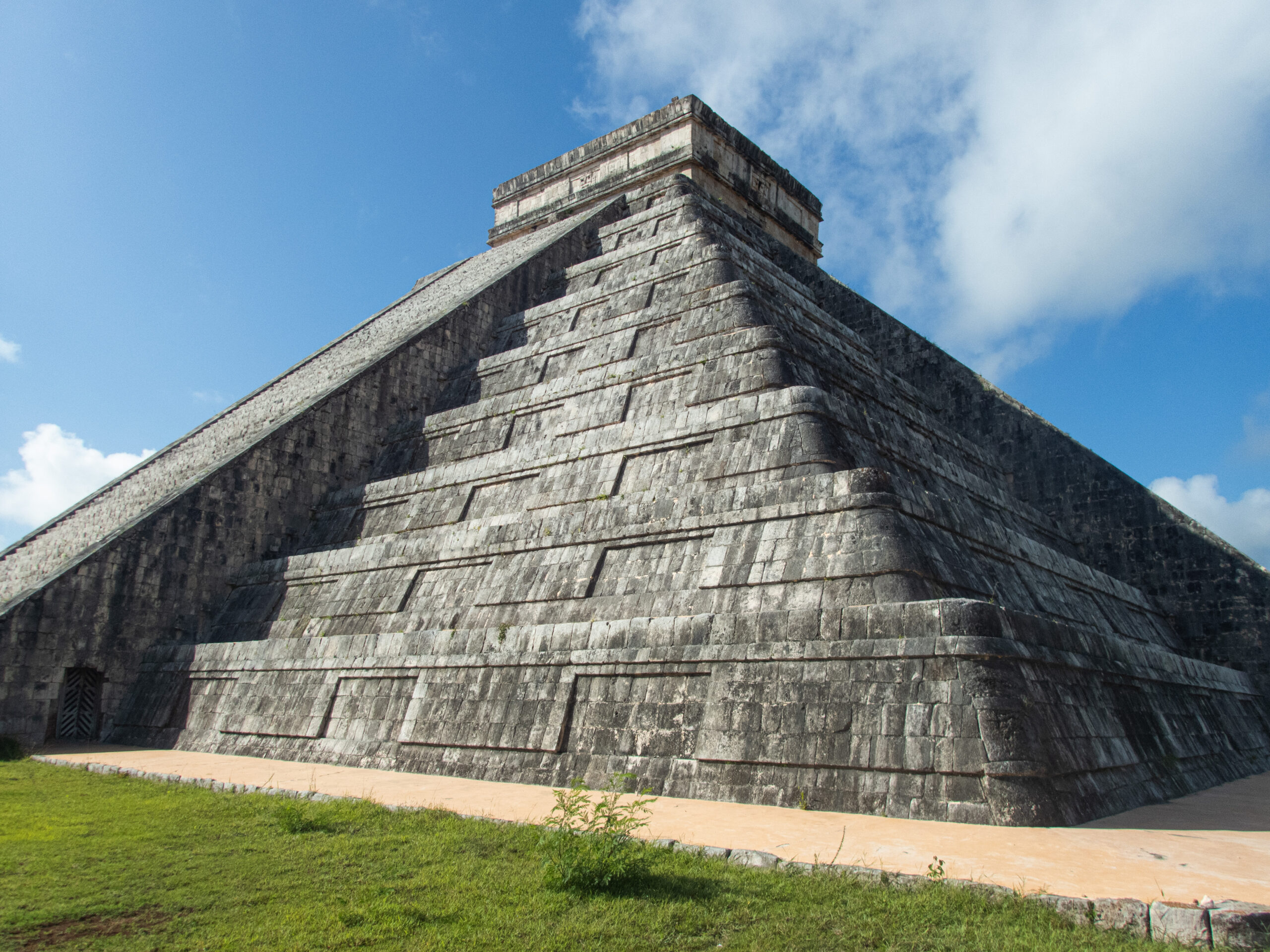
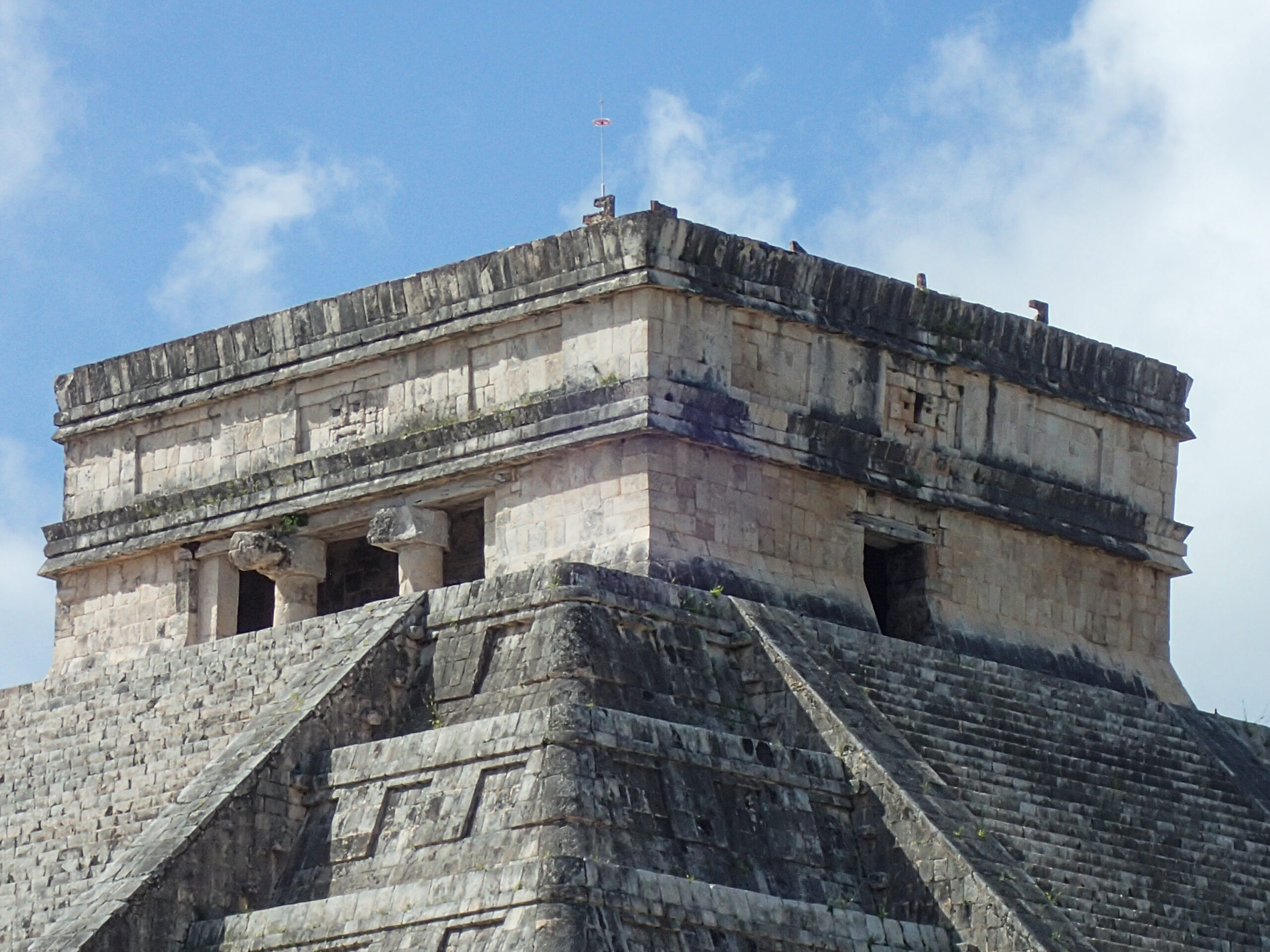
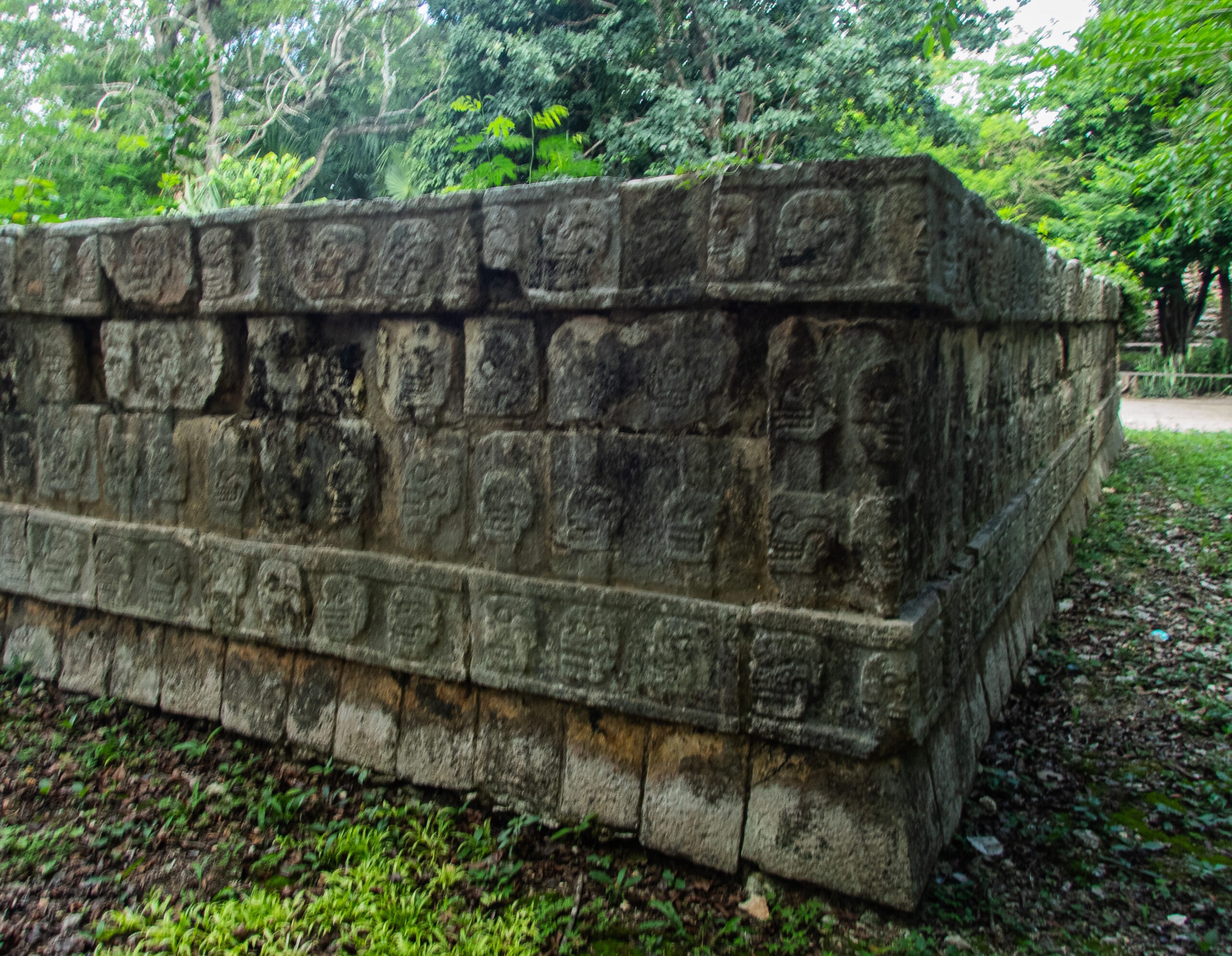
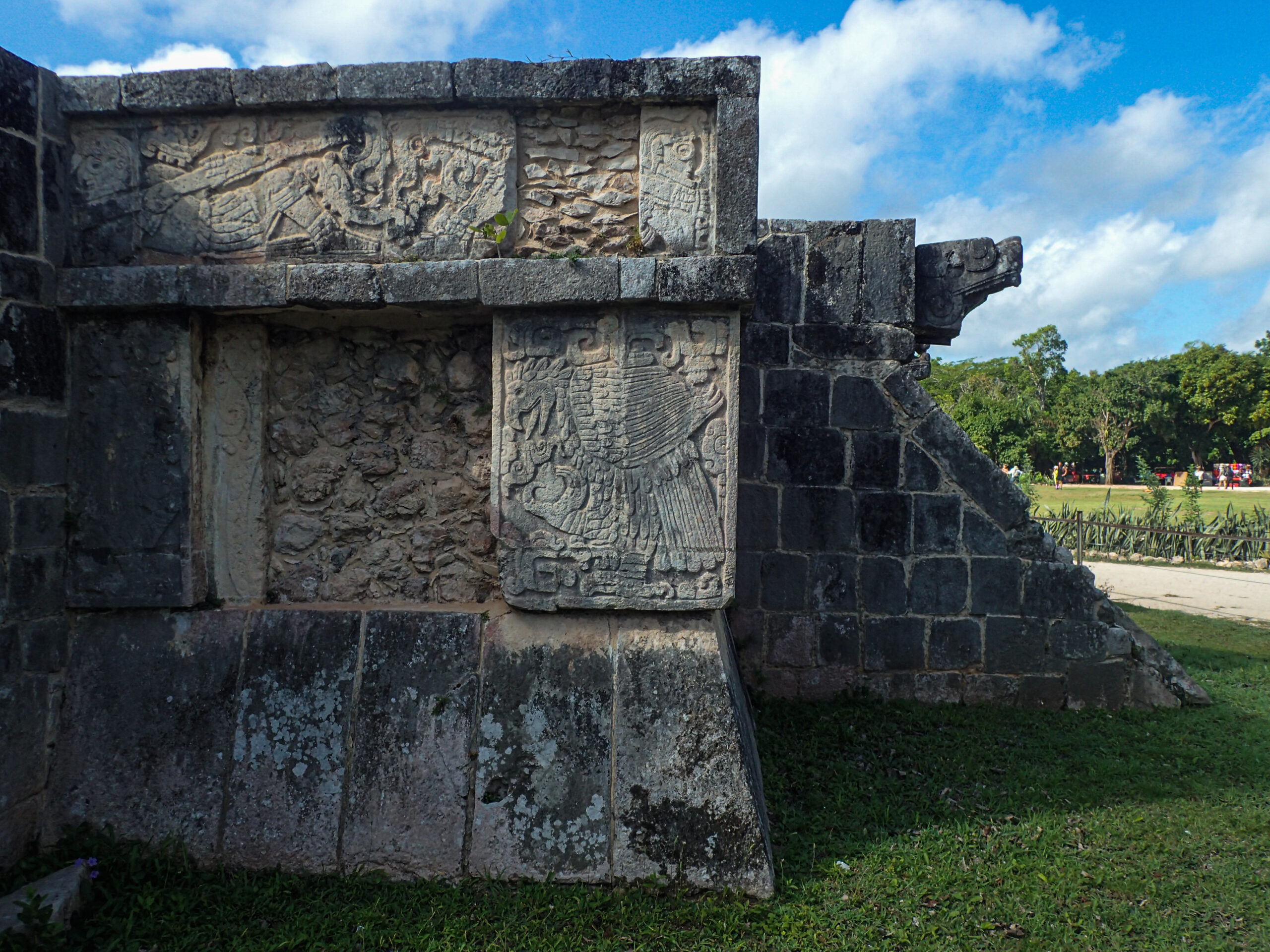
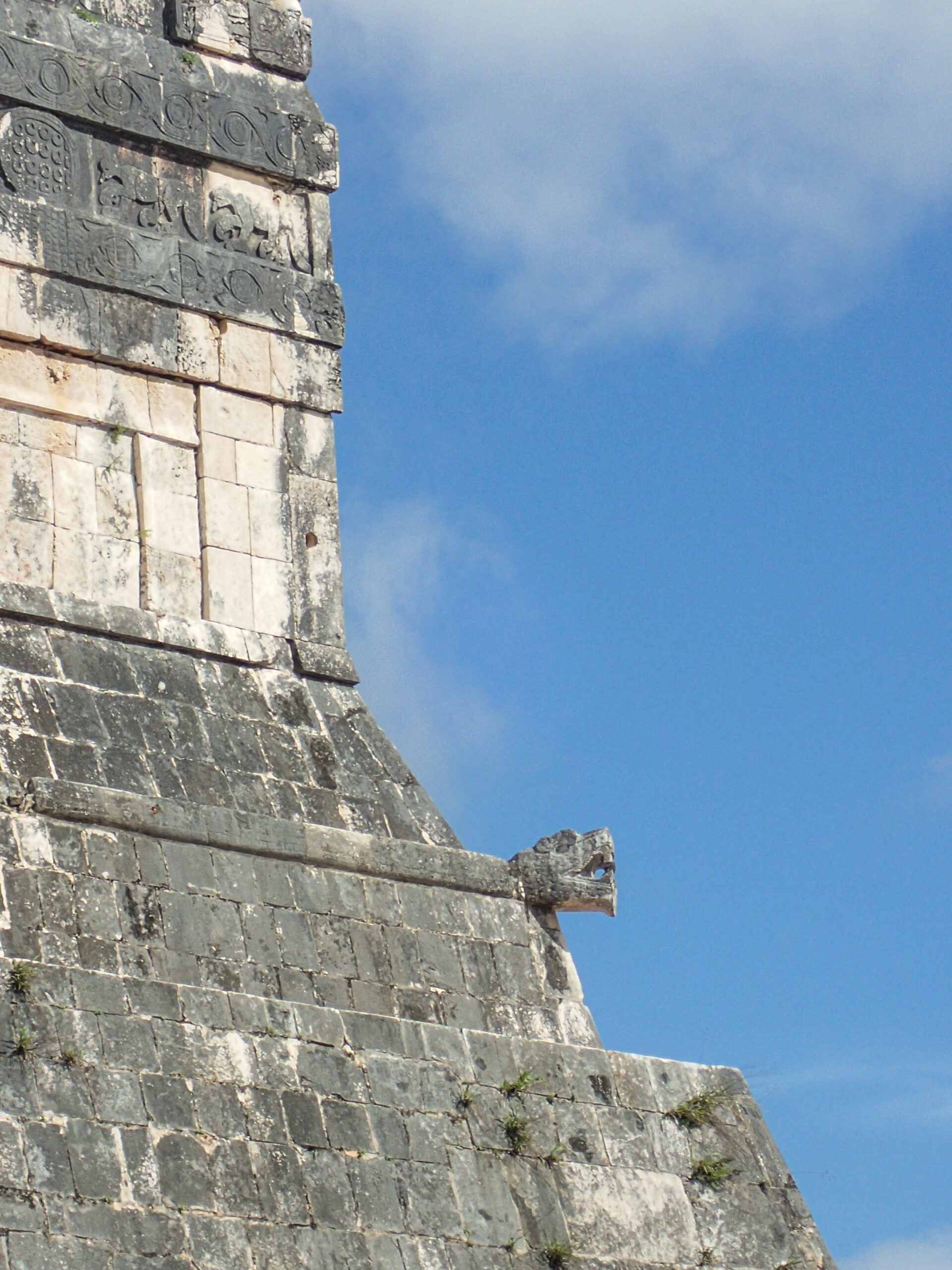
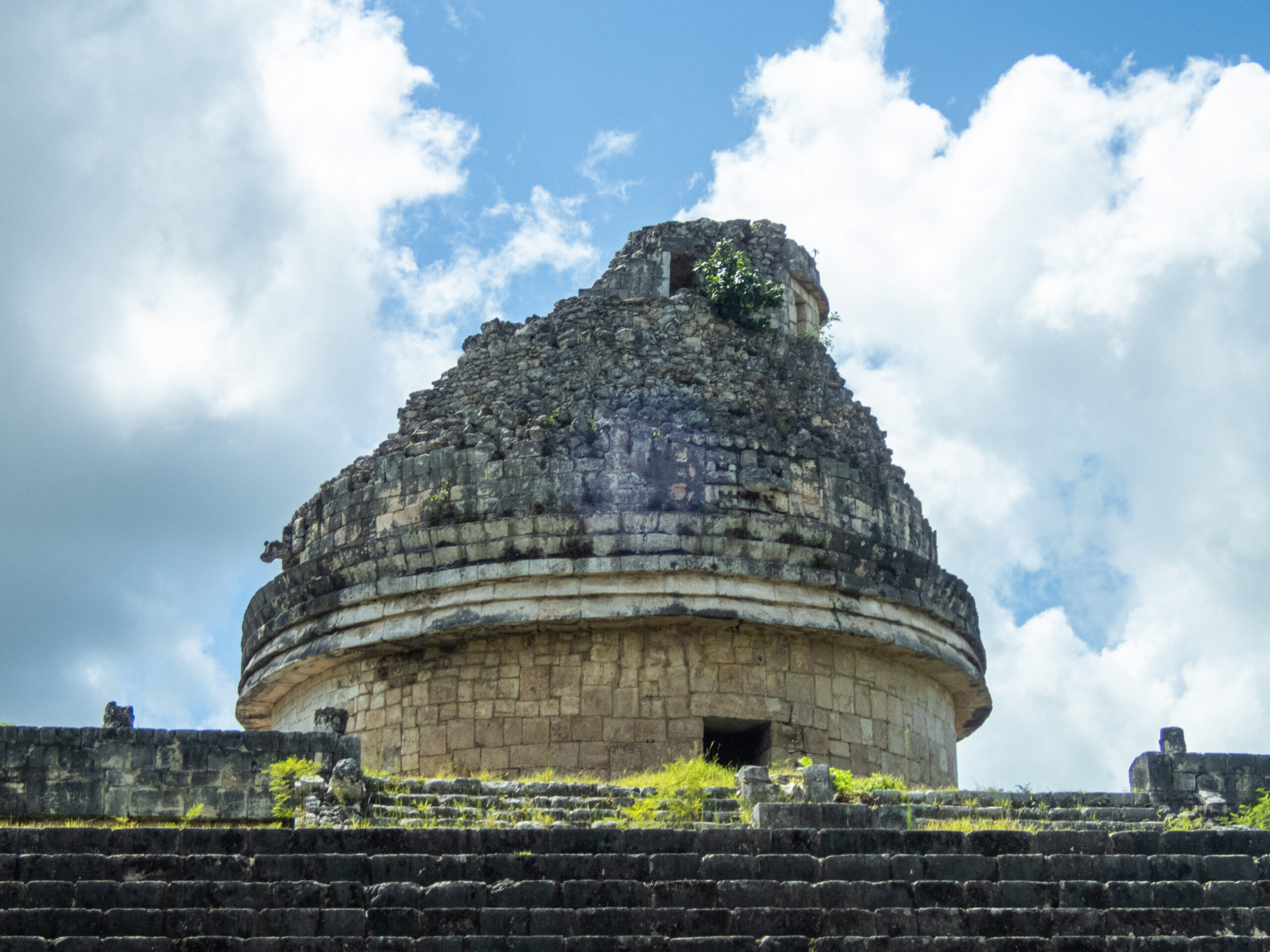
In the Americas, Iguanas get everywhere!
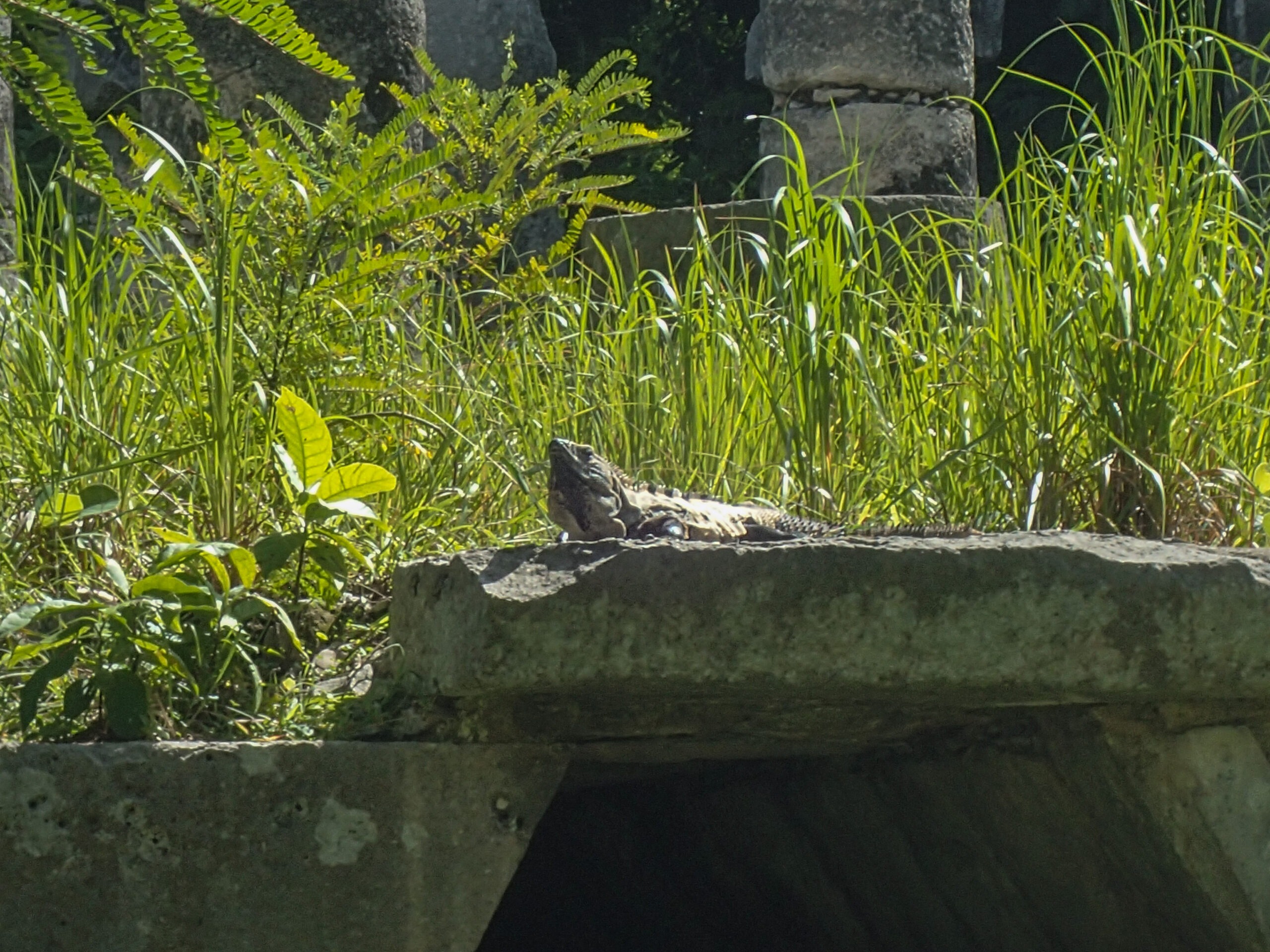
Cenote
Cenote is the Mayan word for a sinkhole that leads to underground water. It is essentially a natural well. The Mayans considered Cenotes to be sacred places; an access to the underworld. Other than providing a water source, offerings and even human sacrifices were made into the cenotes.
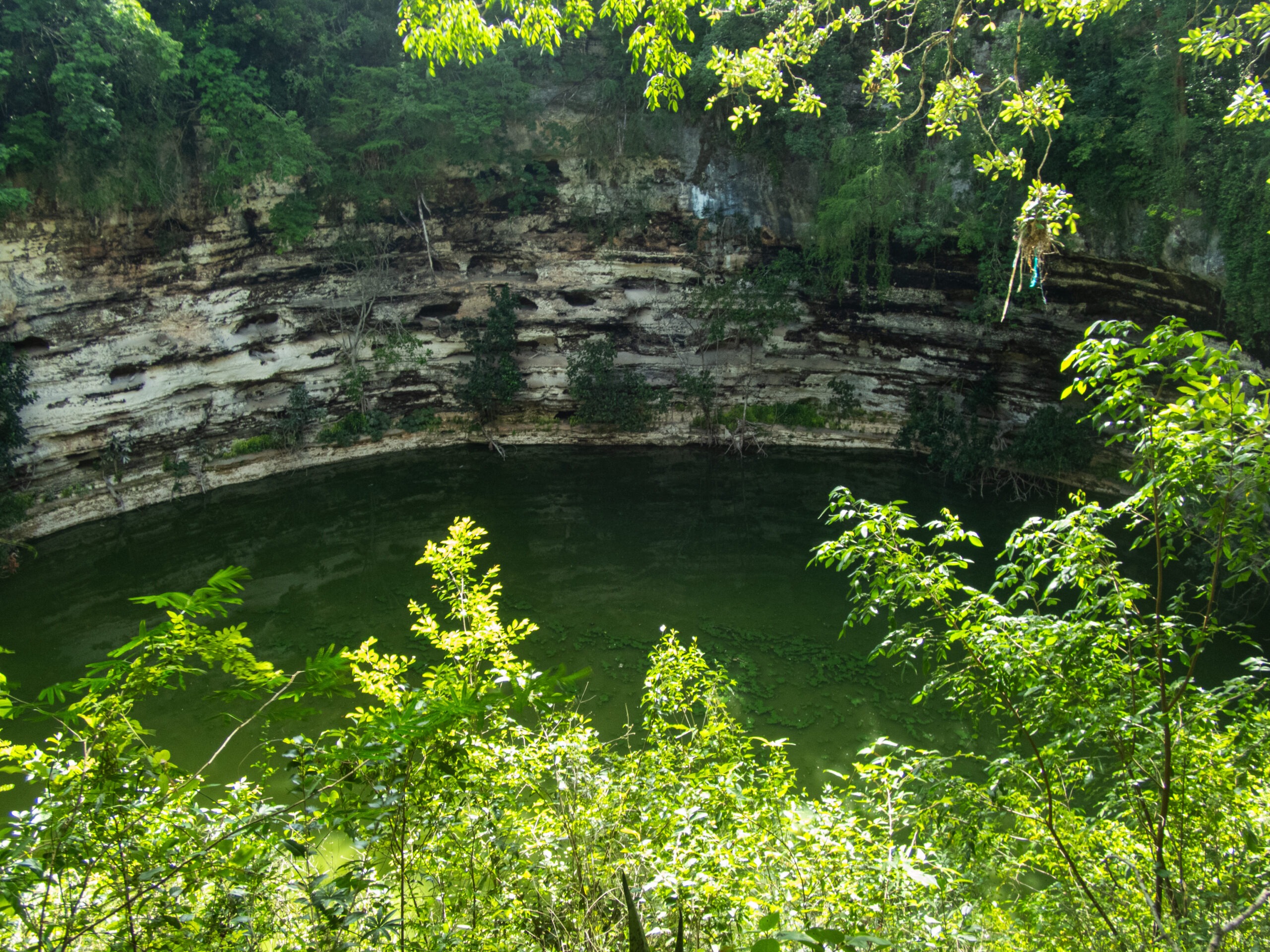
Statues of the rain God, Chac Mool have been found at the Mayan sites of Uxmal and Chichen Itza in Northern Yucatan, but also at the Toltec site of Tula – close to Mexico City and almost 1400 kilometres away. It is believed that Chac Mool lives in the depths of Cenotes.
